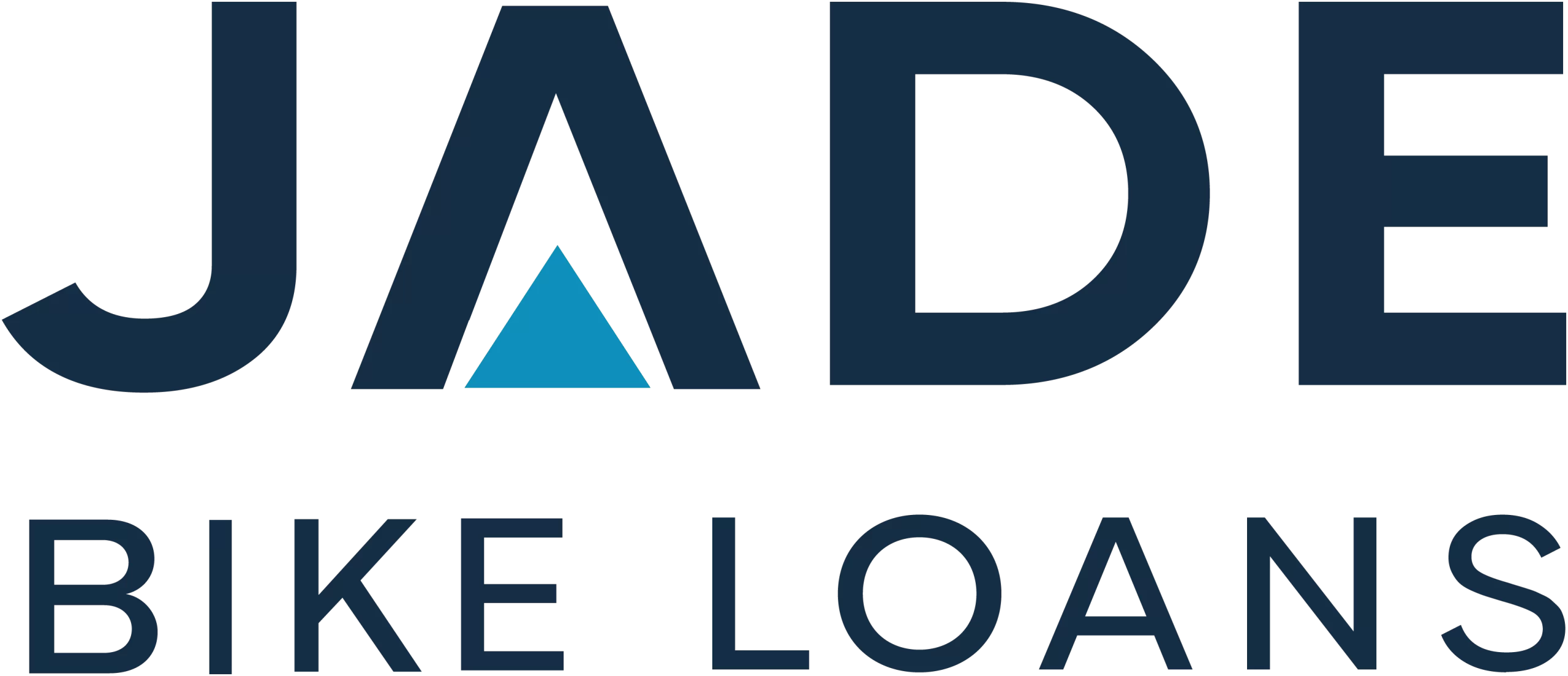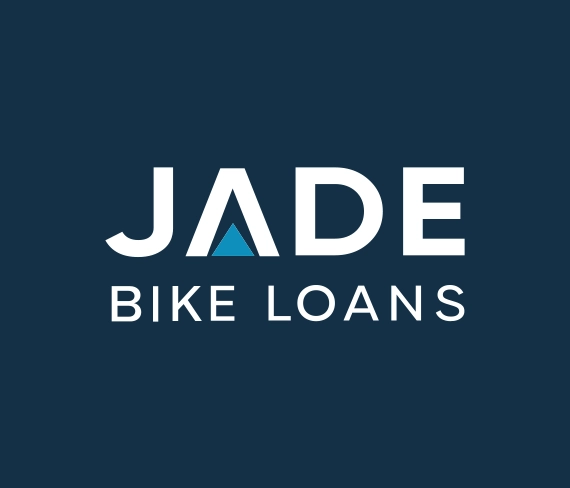Taking on a motorcycle loan is more than just a means to an end. Yes, it provides access to owning that motorbike you want but it also comes with its own responsibilities. Entering into a loan deal is a finance contract with terms and conditions which need to be fully understood by the borrower.
Laws, regulations and lender guidelines are set by ASIC in regard to consumer finance which includes personal secured motorbike loans. As a Licensed Credit Provider, Jade Bike Loans is required, under these guidelines, to provide each of our customers with documentation that clearly explains the finance contract being entered into.
One of the conditions included in a consumer finance contract is break fees. Throughout our product descriptions and explainers, we continually refer to break fees that will apply. In this piece, we expand and explain what they are, when they apply and how to calculate specific motorbike loan break fees.
What are break fees?
Break fees are a charge applied by lenders to a loan when the loan is finalised before the end of the fixed loan term. Most personal secured loans, especially motorcycle loans arranged through Jade, will have a fixed loan term of say 4 or 5 years. If the borrower makes payment in full against the loan before that date, banks and lenders charge break fees. Simply put, a fee for breaking the contract.
Break fees on consumer loans differ from those that apply to business finance contracts. Consumer finance is regulated under the law while business finance is not subject to the same regulation.
When setting up a loan, the lender or broker should advise the borrower of the break fee structure which applies to their loan.
When are break fees charged?
Break fees are charged when a loan is completed prior to the fixed loan term and that may happen for a number of reasons:
The borrower chooses to make extra loan payments:
- With both Secured Bike Loans and Unsecured Personal Loans, borrowers are permitted to make additional loan repayments. Additional payments are considered as extra payments to the monthly loan repayments.
- This is done on a voluntary basis, usually when a borrower has additional funds and chooses to pay down debt. The process of making extra loan repayments is more common with personal loans than with business motorcycle loans.
- By making any additional payments, the outstanding loan total is reduced when the existing schedule of repayments is adhered to. So is the loan term. Making additional payments plus the schedule of repayments will mean the borrower will have paid out the loan before the fixed loan term and hence break fees would apply.
- While break fees will apply, the total interest payable on the bike loan would be reduced by making these additional payments and that should be taken into consideration. The interest on consumer finance including personal bike loans is computed on a daily rate of interest and is applied to the loan on a monthly basis.
- Be mindful that if extra payments are made, the money cannot later be withdrawn. But it can be used to cover monthly scheduled payments in the future.
The borrower chooses to pay out the bike loan in full prior to the end of the loan term:
- A borrower may come into additional funds or simply choose to pay down their debt by paying out the balance of a bike loan before the end of the scheduled loan term.
- As noted in regard to making additional payments, the overall amount of interest on the loan would be less but break fees would apply.
Selling or trading-in the motorbike before the end of the loan term:
- This is known as selling under finance. When a bike is sold or traded in while money is still owing. This would require the loan to be paid out early and that would attract break fees.
- The borrower would be required to finalise the loan prior to signing ownership over to the buyer.
- Lenders register their interest in goods involved in secured consumer loans with the PPSR. Buyers of second-hand goods should refer to the PPSR to ensure all outstanding finance is paid and the lender has released the security over the goods, prior to completing the purchase.
How much are break fees?
If choosing to finalise a bike loan prior to the end of the fixed loan term, the borrower should request a pay-out amount from the lender. This would be the total owing on the loan on that particular day. Interest is calculated daily and charged monthly so the pay-out figure would be applicable for a certain timeframe, which the lender should advise. This pay-out amount would include the outstanding principal, interest and break fees.
The way break fees are calculated is different for consumer and business loans.
Break fees on consumer loans such as secured bike loans are based on:
- The total amount owing on the bike loan.
- The time remaining on the bike loan fixed term.
- A pro-rata fee as advised by the individual lender
As a general guide, the break fee on consumer loans can $600 to $900 for each loan and is charged on a pro-rata basis. That is, based on how many months are left on the loan.
To get a better idea of the figures, refer to our bike loan repayment calculator.
Business loans are not subject to ASIC regulations and the break fees applicable can be based on:
- Rule of 78 is when during the loan term the interest is charged.
- Finance balance discount rate.
- Percentage interest rebate
When arranging your motorbike loan through Jade Bike Loans, your consultant will advise how the break fees on your particular loan would be calculated. The cost of the break fees should be weighed up against the total interest saved by finalising the bike loan early.
For a quote on a motorcycle loan, contact 1300 000 003
DISCLAIMER: IN REGARD TO ANY ERRORS OR MISREPRESENTATIONS IN THIS MATERIAL, NO LIABILITY IS ACCEPTED. THE DETAILS, CONTENT AND DATA IS PRESENTED PURELY FOR GENERAL INFORMATIONAL PURPOSES FOR MOTORBIKE BUYERS AND THOSE SEEKING MOTORCYCLE LOANS. THIS IS NOT INENDED AS THE SOLE SOURCE OF INFORMATION FOR FINANCIAL DECISIONS. IF SPECIFIC ADVICE IS REQUIRED AROUND FINANCIAL DECISIONS, READERS SHOULD SEEK THEIR OWN FINANCIAL ADVISOR.


